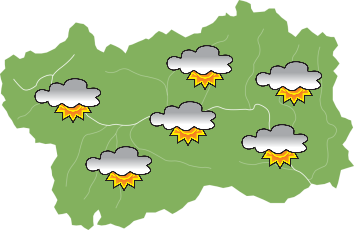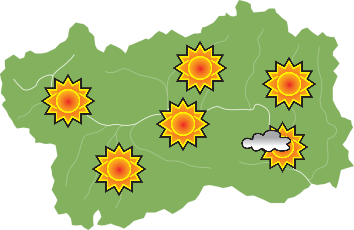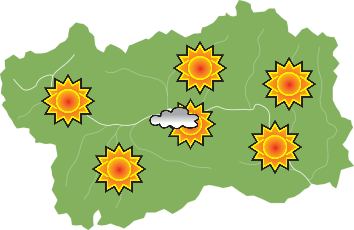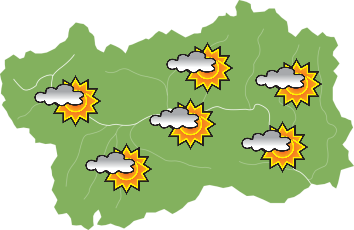Lo Tsatelet natural reserve
Parks and reserves - AostaA site of archaeological and naturalistic interest
This particularly interesting area from a geomorphological and archaeological point of view, the hillock with steep slopes and a flat peak is located to the North-East of Aosta and it is also known locally as “Quota B.P.” (from Baden-Powell, scout founder).
A late Neolithic settlement, dating back to 3000 B.C. was situated at the top of the hill.
The nature reserve extends across 14 hectares at an altitude between 720 - 796 meters and offers typical sceneries of low mountain slopes with southern exposure.
The area is an excellent point for birdwatching during the migratory periods, especially for some birds of prey and corvidae. The reserve is also home to some mammals, reptiles and various invertebrate species.
The area’s climate promotes typically xerophile plant species mainly downy oaks and plants of steppe origin.
This conditions make the reserve’s visit possible all year round, with preference for spring and autumn.
How to get there
From the exit Aosta Est of the A5 motorway, take the national road 26 towards the town. At the second roundabout turn right towards Porossan and go on until the Serod hamlet. Continue following the signs to Saint-Christophe until reaching the little parking at the reserve’s entry.










